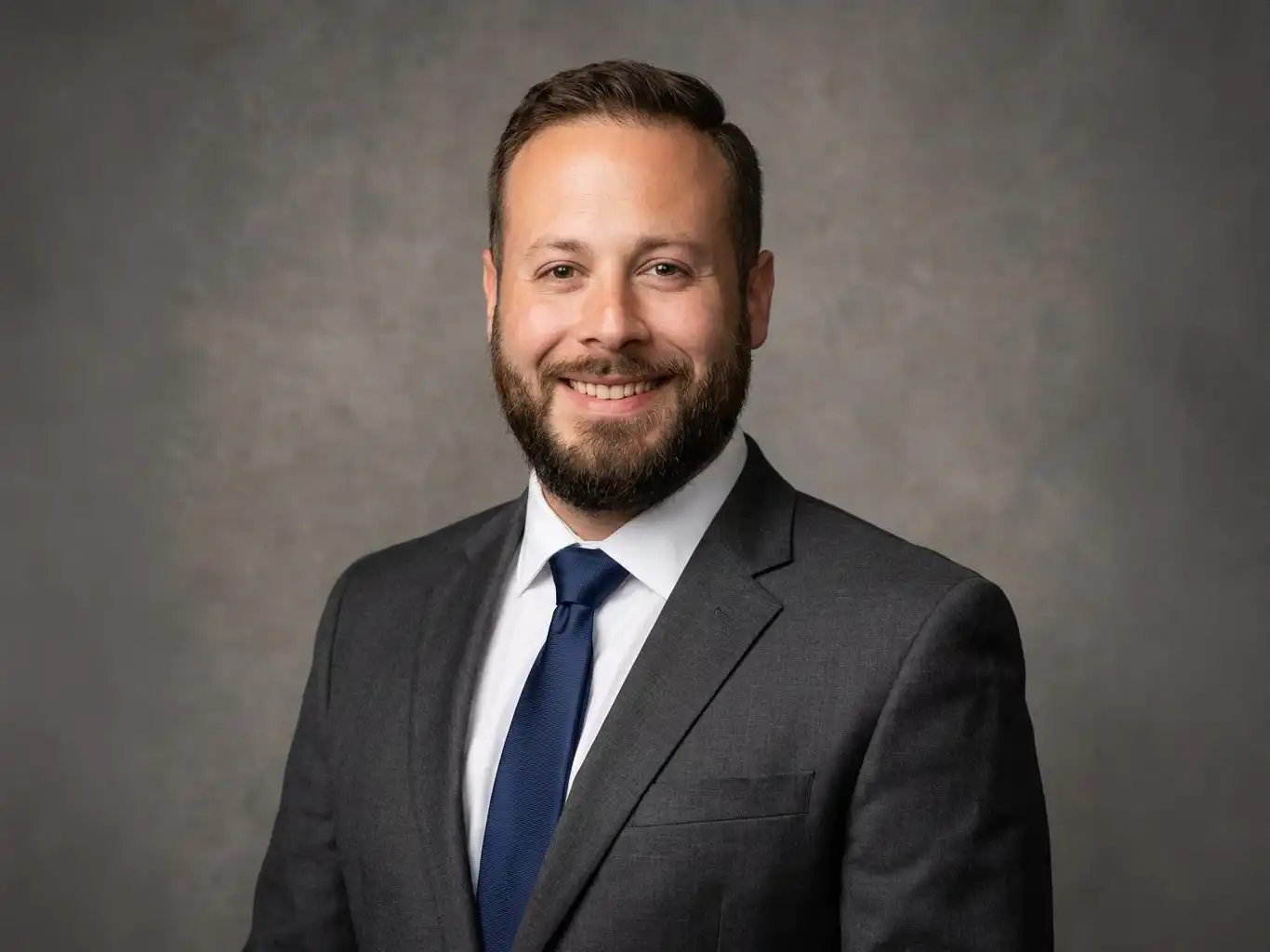History Corner: School Days... School Days...

The school year has started and groans and moans about the end of summer can be heard beneath their breaths but kids today don’t know the half of what school was like in our town when it was named North Milford. As early as 1750, the Bryan’s Farm citizens voted “that money should be appropriated to the inhabitants of Bryan’s Farms for the purpose of setting up a school in winter, it being so well settled that one is deemed necessary.” The location of this school is unfortunately, unknown.
Later on, there were 3 district schools but as the population of children increased, the need for a 4th school was set out in 1882 with a 5th in the newly formed Tyler City when the New Haven & Derby line was running through Orange. To tell their locations I will carefully outline the area, but if you were to have a copy of Mary Woodruff’s History of Orange, the map enclosed will be helpful. So here goes. District one was on the north/east corner of Orange Center Road and Old Tavern Road. District two was somewhere at the junction of Ridge Road and Old Grassy Hill Road. A note here is that both roads have had name changes. Old Grassy Hill was just Grassy Hill and Ridge was Milford Road.

District three was on Racebrook Road (Bradley Ave.) and Woodside Drive and the Fourth District was in the area of the Grassy Hill Country Club on Grassy Hill Road and Clark Lane. As to the fifth district, it is located between Spring Street and New Haven Ave. still standing as Our Lady of Sorrows Church with land given by the entrepreneurs of Tyler City, Samuel Halliwell and Philander Ferry. An interesting note in Mary’s books says that the districts made it a rule that no pupil over the age of 16 years of age should be admitted to the schools...ok by 1909, when all of the districts merged to the Orange School on Orange Center Road, the older kids had been studying at the Academy since e 1812!
The winter school began in the middle of November running 4 months with a man teacher. A summer school began in the middle of April, continuing for 6 months with a woman teacher. Each teacher was expected to be given lodging at the home of the inhabitants of each district and a refusal to do so cost them a tax of $1.25 per week. The journals kept by two of the districts makes for interesting reading and thankfully, very detailed. Here are some of the votes made in June of 1829 for the third district school:
- Voted: that there be an open stove in the school house in preference to a chimney;
- Voted: that school house be 24 feet long and 16 feet wide;
- Voted: that the committee purchase a book for the records of sd (said) district the price not to exceed one dollar.
So, we go to July when the clerk being absent, the meeting was dissolved. August went on as planned:
- Voted: to lay a tax of five cents on the dollar to defray the expense of building a school house in the 3rd district;
- Voted: that Ebenezer Alling be collector of sd (said) tax;
- Voted: that the form of the writing desks, benches etc. be left at the discretion of the building committee.
The next entry in the journal was for November in 1829 where they voted to set up a school the ensuing winter for three or four months beginning as soon as convenient:
- Voted: that the committee furnish the wood for the school house the ensuing winter and cut and split same;
- Voted: to have a man to teach the school the ensuing winter.
Some of the names listed as moderators and clerks for these meetings were Charles Alling, Aaron Clark, Andrew Hine, Zeri Alling, Ebenezer Alling, Asa Sperry, and Luke Clark.
You might notice that some of these men were obviously chosen since the 3rd district was in their section of town. The home they met in was that of Chauncey Lum, a name we have not seen before. In reading the notes in the journal, an interesting fact emerged. It looks like there was a school house somewhere in the Dogburn area since in November of 1830, the committee voted to sell “the old school house in Dogburn (so called) at a public auction”, with Andrew Hine, auctioneer. Henry Alling bought the school house for $5.00.
Let’s go to the Tyler City district (5th) where we find a journal entry dated November 10th 1873, “For the purpose of ‘taking into consideration the expediency of erecting a school house for said district, locating the site and to make such appropriation as may be deemed best.’” This meeting was held in the New Haven & Derby Railroad Depot...yes there was a railroad station on New Haven Ave. They agreed to accept the land offered them by Halliwell and Ferry known as lots 1634 and 1635 on the map of Tyler City and for a cost not to exceed $1000.

At the next meeting, on the 20th of November Messrs. Ferry and Halliwell were thanked for their generous donation of two building lots for the purpose of erecting the school with the acceptance of the deed for the property, the thank you to be published in the New Haven Courier. The building was to be completed by April of 1874 and in the interim, classes were held in the depot, just up the road.
These journal entries are very detailed, specific to the letter it seems and in March of ’74 a notice went out to the legal voters of the town to meet at the depot for the “purpose of adopting some plan for the provision of seats and desks for the school house, now in the course of construction, also to adopt some plan for the construction of suitable out houses on the lot on which the school house stands.” The details, as outlined in the journal are: a double outhouse, 4 by 8 feet and 6 feet high, in the clear with two roofs to be built of good sound sheathing of pine or spruce with cornice, suitable frame floor, trimmings and doors. The shingles to be the best of pine...and painted...all of this to the lowest responsible bidder. This school had a cupola or bell tower not to exceed $40.00.
One interesting item found in the research center of the Orange Historical Society are listings of students between the ages of 7 and 16 living in the districts on the first day of August, each year. In the 2nd district, in 1841 there were 61 “persons” with familiar names Grant, Baldwin, Riggs, Merwin, Treat, Stone, Hine, Gilbert, Woodruff, all names found in the same area as seen in the map of Orange in 1868…families stayed where they were. Both of Dennis Stone’s oldest children were in attendance and we speak of LeGrand growing up and taking families from New Haven to Kansas as homesteaders, but in 1859, he lost Ellen to diphtheria along with his youngest son Collin. Clark and Fred Stone also listed became correspondents with Dennis when he accompanied his son to Kansas and we refer to those letters in our tours of the Stone-Otis house.
So much history in the schools of North Milford (Orange) that it almost could fill a book. Hmm.









